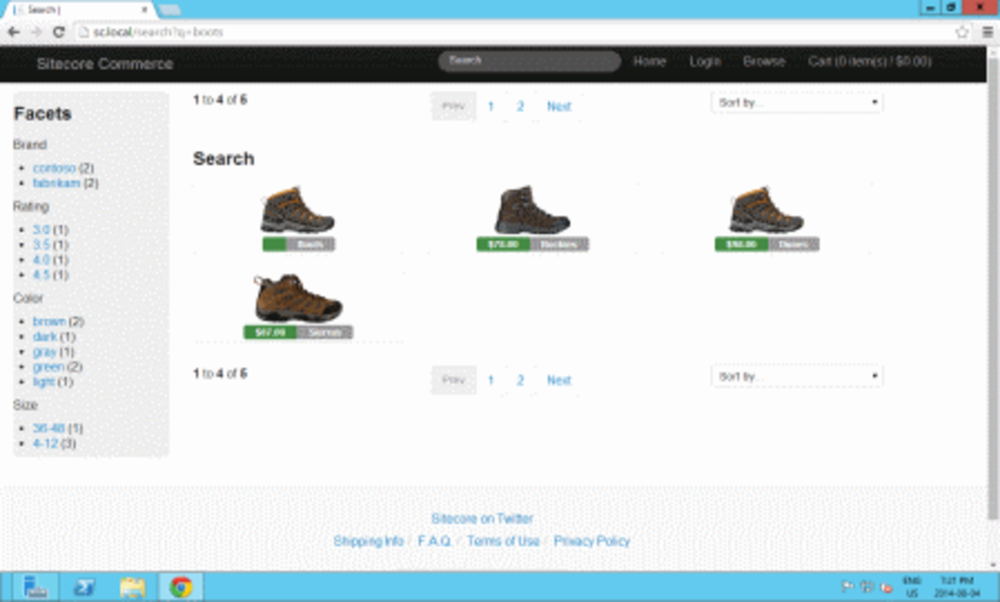Customer experience management platform Sitecore is extending its capabilities to manage e-commerce assets for websites as well.
Sitecore’s core product enables marketers to customize the look and language of their websites and mobile apps without engaging the site developers, and it is now offering a way to do the same with e-commerce components.
The new Sitecore Commerce tool allows brands to unify online marketing and sales functions by managing the customer’s digital experience all the way from initial promotions to an actual purchase. If Sitecore’s previous offering only allowed changes and optimization of the marketing copy and images on the website, the Commerce tool provides the same editing options for sales content. This includes items such as product searches, catalog images, and checkout pages.
By adding Commerce, marketers can rapidly edit what the customer sees in an e-commerce site, without having to wait for the site developers to implement the changes. Users can edit product images, descriptions, prices and placement by physically editing the layout within the platform:
All the assets for the e-commerce pages can also be accessed through Sitecore’s central digital asset repository:
In an email, Sitecore’s VP of product marketing Mark Floisand explained the added value of the new Commerce tool. “E-Commerce has traditionally consisted of transactional shopping-carts, disconnected from content management and digital marketing systems,” says Floisand. “Brands want to own the entire experience with their customers and marketers want the ability to provide customers with the highly personalized, context-aware experiences they now expect from brands and retailers from one single platform.”
Some of the key features in Commerce include:
– A Merchandising Manager, which allows merchandisers to customize and update product catalogs through the Sitecore platformweb, which is also optimized for mobile and tablet operation.
– The ability to preview edits for catalog and individual product pages.
– Digital asset management for all the catalog images, videos and text, with one central location across the Sitecore platform.
– Hi-powered search functionality for site visitors looking for specific products.
With Commerce, Sitecore continues to challenge Adobe, particular Adobe Experience Manager which also offers Commerce experience and digital asset management capabilities within its platform. Sitecore’s selling point is the out-of-the box integration capability of its platform, which means it’s already offering a complete end-to-end customer experience management solution. Adobe’s Digital Marketing Cloud may not be completely integrated yet, but its trump card is still its integration of Analytics, which is a powerful provider of both website and commerce metrics to site managers
Sitecore’s user interface is attractively simple, especially compared to Adobe’s Experience Manager dashboard. However, given Adobe’s long history and strength in content production and management, Sitecore faces an uphill battle in its challenge to the enterprise tech giant.








